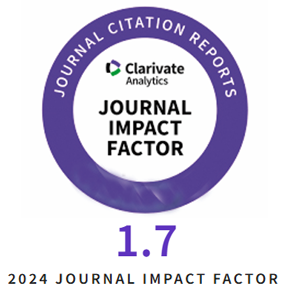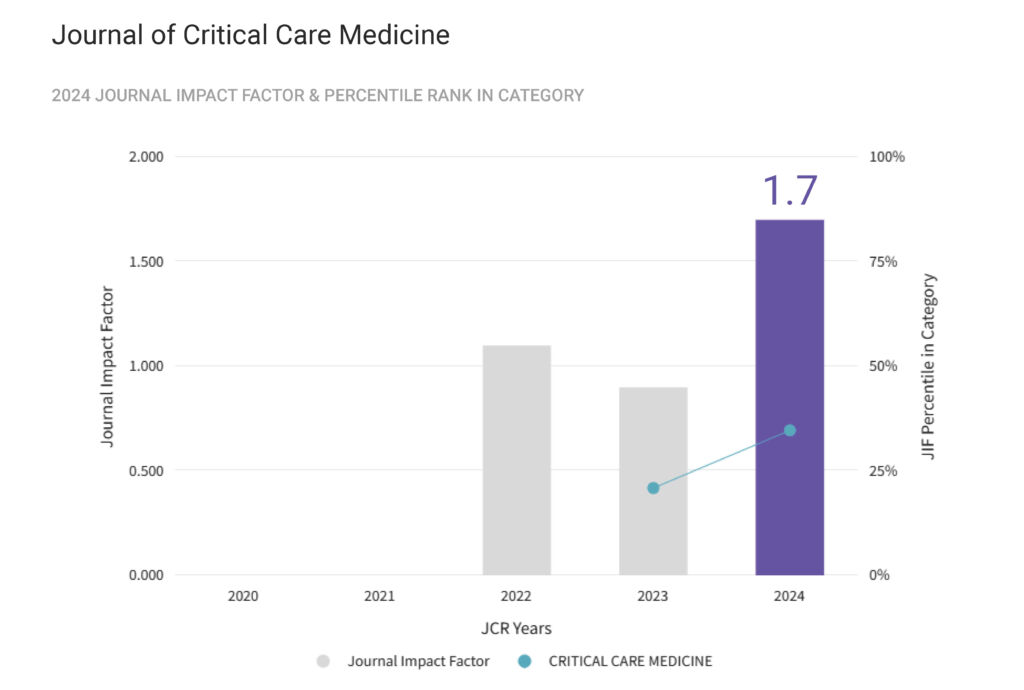Introduction: Management of traumatic brain injury (TBI) requires a multidisciplinary approach and represents a significant challenge for both neurosurgeons and intensivists. The role of brain tissue oxygenation (PbtO2) monitoring and its impact on posttraumatic outcomes remains a controversial topic.
Aim of the study: Our study aimed to evaluate the impact of PbtO2 monitoring on mortality, 30 days and 6 months neurological outcomes in patients with severe TBI compared with those resulting from standard intracranial pressure (ICP) monitoring.
Material and methods: In this retrospective cohort study, we analysed the outcomes of 77 patients with severe TBI who met the inclusion criteria. These patients were divided into two groups, including 37 patients who were managed with ICP and PbtO2 monitoring protocols and 40 patients who were managed using ICP protocols alone.
Results: There were no significant differences in demographic data between the two groups. We found no statistically significant differences in mortality or Glasgow Outcome Scale (GOS) scores one month after TBI. However, our results revealed that GOS scores at 6 months had improved significantly among patients managed with PbtO2; this finding was particularly notable for Glasgow Outcome Scale (GOS) scores of 4–5. Close monitoring and management of reductions in PbtO2, particularly by increasing the fraction of inspired oxygen, was associated with higher partial pressures of oxygen in this group.
Conclusions: Monitoring of PbtO2 may facilitate the appropriate evaluation and treatment of low PbtO2 and represents a promising tool for the management of patients with severe TBI. Additional studies will be needed to confirm these findings.
Tag Archives: critical care
Treatment of Lethal Caffeine Overdose with Haemodialysis: A Case Report and Review
Caffeine, chemically 1,3,7-trimethylxanthine, is the most widely consumed central nervous system stimulant in the world with pleiotropic effects on the cardiovascular, pulmonary, and renal systems. The advent of over the counter (OTC) caffeine formulations has opened the window for potential toxicity, either by inadvertent or intentional overdosing. We present the case of a patient who attempted suicide by caffeine overdose treated with emergent haemodialysis and a review of the literature.
Inhaled Nitric Oxide in Patients with Severe COVID-19 Infection at Intensive Care Unit – A Cross-Sectional Study
In adults with severe hypoxemia, inhaled nitric oxide (iNO) is known to reduce pulmonary shunt and pulmonary hypertension, improving V/Q matching [1]. Studies in refractory hypoxemia among patients with severe acute respiratory distress syndrome (ARDS) suggest that iNO may be allied to other ventilatory strategies as a bridge to clinical improvement [2, 3].
A trial from the 2004 Beijing Coronavirus Outbreak showed that low dose iNO could shorten the time of ventilatory support [4]. Additionally, preclinical studies suggest an inhibitory effect of iNO on viral replication [5]. To date, the role of iNO in COVID19 infection is still unclear. [More]
Critical Care Workers Have Lower Seroprevalence of SARS-CoV-2 IgG Compared with Non-patient Facing Staff in First Wave of COVID19
Introduction: In early 2020, at first surge of the coronavirus disease 2019 (COVID-19) pandemic, many health care workers (HCW) were re-deployed to critical care environments to support intensive care teams looking after patients with severe COVID-19. There was considerable anxiety of increased risk of COVID-19 for these staff. To determine whether critical care HCW were at increased risk of hospital acquired infection, we explored the relationship between workplace, patient facing role and evidence of immune exposure to the severe acute respiratory syndrome coronavirus 2 (SARS-CoV-2) within a quaternary hospital providing a regional critical care response. Routine viral surveillance was not available at this time.
Methods: We screened over 500 HCW (25% of the total workforce) for history of clinical symptoms of possible COVID19, assigning a symptom severity score, and quantified SARS-CoV-2 serum antibodies as evidence of immune exposure to the virus.
Results: Whilst 45% of the cohort reported symptoms that they consider may have represented COVID-19, 14% had evidence of immune exposure. Staffs in patient facing critical care roles were least likely to be seropositive (9%) and staff working in non-patient facing roles most likely to be seropositive (22%). Anosmia and fever were the most discriminating symptoms for seropositive status. Older males presented with more severe symptoms. Of the 12 staff screened positive by nasal swab (10 symptomatic), 3 showed no evidence of seroconversion in convalescence.
Conclusions: Patient facing staff working in critical care do not appear to be at increased risk of hospital acquired infection however the risk of nosocomial infection from non-patient facing staff may be more significant than previous recognised. Most symptoms ascribed to possible COVID-19 were found to have no evidence of immune exposure however seroprevalence may underrepresent infection frequency. Older male staff were at the greatest risk of more severe symptoms.
Refractory Lactic Acidosis and an Approach to Its Management – A Case Report
Background: Lactic acidosis (LA) is a complication of diseases commonly seen in intensive care patients which carries an increased risk of mortality. It is classified by its pathophysiology; Type A results from tissue hypo-perfusion and hypoxia, and Type B results from abnormal metabolic activity in the absence of hypoxia. Reports of the co-occurrence of both types have been rarely reported in the literature relating to intensive care patients. This case report describes the challenging management of a patient diagnosed with both Type A and Type B LA.
Case presentation: A 55-year-old female with newly diagnosed diffuse large B-cell lymphoma (DLBCL) developed hospital-acquired pneumonia, respiratory failure, shock and intra-abdominal septicaemia from a bowel perforation. Blood gases revealed a mixed picture lactic acidosis. Correction of septic shock, respiratory failure and surgical repair caused initial improvement to the lactic acidosis, but this gradually worsened in the intensive care unit. Only upon starting chemotherapy and renal replacement therapy was full resolution of the lactic acidosis achieved. The patient was discharged but succumbed to her DLBCL several months later.
Conclusion: Type A and Type B LA can co-occur, making management difficult. A systematic approach can help diagnose any underlying pathology and aid in early management.
Factors Associated with Mortality in Patients with a Solid Malignancy Admitted to the Intensive Care Unit – A Prospective Observational Study
Purpose: Several studies show conflicting results regarding the prognosis and predictors of the outcome of critically ill patients with a solid malignancy. This study aims to determine the outcome of critically ill patients, admitted to a hospital, with a solid malignancy and the factors associated with the outcomes.
Methods and Materials: All patients with a solid malignancy admitted to an intensive care unit (ICU) at a tertiary academic medical center were enrolled. Clinical data upon admission and during ICU stay were collected. Hospital, ICU, and six months outcomes were documented.
Results: There were 252 patients with a solid malignancy during the study period. Urogenital malignancies were the most common (26.3%) followed by lung cancer (23.5%). Acute respiratory failure was the most common ICU diagnosis (51.6%) followed by sepsis in 46%. ICU mortality and hospital mortality were 21.8% and 34.3%. Six months mortality was 38.4%. Using multivariate analysis, acute kidney injury, OR 2.82, 95% CI 1.50-5.32 and P=0.001, use of mechanical ventilation, OR 2.67 95% CI 1.37 – 5.19 and P=0.004 and performance status of ≥2 with OR of 3.05, 95% CI of 1.5- 6.2 and P= 0.002 were associated with hospital mortality. There were no differences in outcome between African American patients (53% of all patients) and other races.
Conclusion: This study reports encouraging survival rates in patients with a solid malignancy who are admitted to ICU. Patients with a poor baseline performance status require mechanical ventilation or develop acute renal failure have worse outcomes.
The Use of Continuous Ketamine for Analgesia and Sedation in Critically Ill Patients with Opioid Abuse: A Case Series
Managing pain and agitation in patients with opioid abuse is becoming more common in intensive care units. Tolerance to commonly used agents is often observed, leading to inadequate pain control and increased agitation. Ketamine’s unique mechanism of action and opioid-sparing effects make it an ideal agent for patients with suboptimal response to opioid therapy.
This report describes our experience using continuous ketamine infusions for analgesia and sedation in four mechanically ventilated patients with histories of opioid abuse that had suboptimal response to standard therapy. Ketamine was successful in improving analgesia and sedation in three patients while reducing the need for other analgesics and sedatives with minimal adverse effects.
Continuous ketamine infusions may be useful to facilitate mechanical ventilation in patients with histories of opioid abuse with minimal toxicity. More information is needed on the optimal dose and titration parameters.
Critical Thinking for Critical Care
It is a great privilege to introduce the Journal of Critical Care Medicine, a new international publication aiming to promote the dissemination of scientific information in the treatment of the critical ill.
The JCCM, a multidisciplinary journal, will publish high-quality scientific papers covering different aspects related to the care of critical ill patients covering a broad spectrum of therapeutic disciplines, such as general surgery, perioperative care, cardiology, internal medicine, pneumology, infectious diseases, organ transplantation, emergency medicine or neurology.
Critical care medicine is a rapid expanding field. Recent progress in medical science and technology has led to a significant increase in the number of patients with life-threatening conditions who can benefit from increasingly wide-ranging monitoring and care. Significant resources are nowadays invested in the complex effort to discover and develop new approaches dedicated to improve the progress of these patients and to ensure a fast clinical and functional recovery.
In Central and Eastern European countries, complex strategies are required to align critical care models to the best current standards of care on international level. There is an obvious need, for a new journal dedicated to the exchange of information within the medical community dedicated to treating the critically ill. The necessity for a such a journal arises not only from the high relevance of the topics covered, but also from the paucity of journals in this part of Europe, dedicated to subjects relating to the critical ill. The JCCM will address these needs with specific regard, but not exclusively, to those of Central and Eastern European countries. [More]










